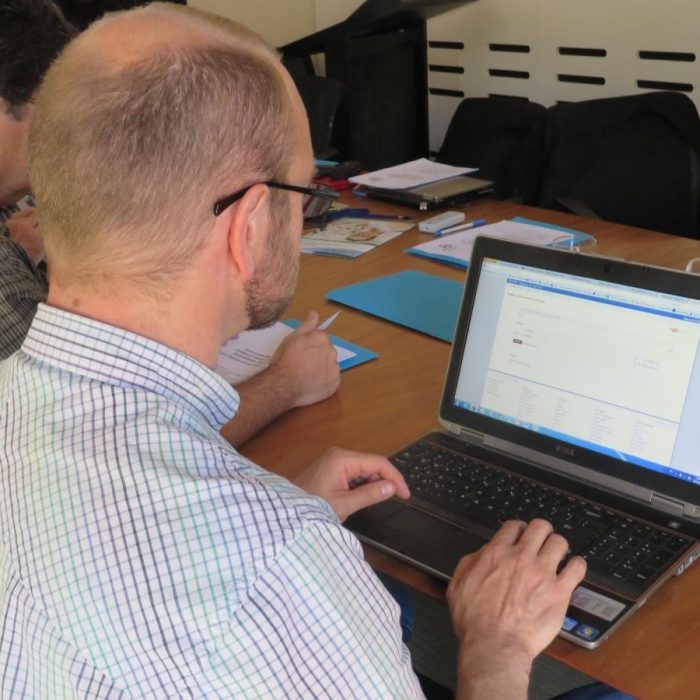Step 2: acquire

The keywords identified at Step 1: ask are now used as search terms to acquire research evidence relevant to the question by conducting a search of the literature.
The search result is a list of titles, author names and journal details for each result. The practitioner may use this list to decide which articles to obtain in full by viewing the title and Abstract (if provided) of each item on the list and thus filtering out those that are not relevant or not likely to be helpful in answering the clinical question. This stage in the process allows us to choose the best available research evidence that is relevant to our clinical question.
As explained in Step 1: ask, opens in a new window we may formulate clinical questions so that we can provide guidance and advice to a particular patient. If the patient is sitting in front of us, this evidence-based practice process would need to be completed in a short period of time. We need to phrase an answerable question, search for information relevant to the question and appraise that information in an appropriate timeframe, from a matter of minutes to a few days at most depending on the situation.
We may also formulate questions to which we feel we will need an answer at some later point. For example, we may be aware of an advertising campaign claiming that a dietary supplement is an effective treatment for macular degeneration. It seems likely that some patients will ask about this, so we may decide to explore a question on this before the question is asked by the patient. In this way, the answer is ready when the patient asks.
EBP Process
See the resources page, opens in a new window for Step 2: acquire for information on putting this into practice.
